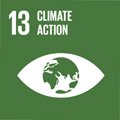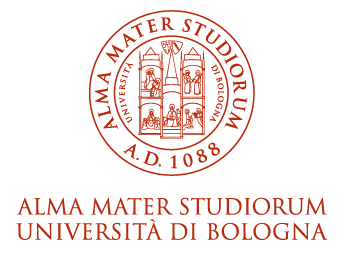- Docente: Roberta Guerra
- Credits: 6
- SSD: FIS/07
- Language: Italian
- Teaching Mode: Traditional lectures
- Campus: Ravenna
-
Corso:
Second cycle degree programme (LM) in
Environmental Assessment and Management (cod. 5900)
Also valid for Second cycle degree programme (LM) in Environmental Assessment and Management (cod. 8418)
Learning outcomes
At the end of the course, the student will have acquired knowledge about impact assessment procedures, and tools to identify and assess environmental impacts induced by the implementation of engineering projects. The student will be able to understand, interpret critically and independently set up an environmental impact report.
Course contents
The course is divided into two parts. The first part, relating to the Environmental and Strategic Impact Assessment (EIA and SEA), is initially reserved to illustrate the political and environmental context, from the US National Policy Act (NEPA) and from the European Union's action programs, to the European Sustainable Development Strategy in which the Environmental Assessments are included, and continues by analyzing the procedural process with particular reference to the screening phase and the orientation phase (scoping) according to the national legislation and the guidelines approved at European level. The second part focuses on the analytical tools and methods for estimating and assessing the environmental and health impacts of all the components and factors considered in the EIA (and SEA) on the basis of international literature and case studies. The main models for estimating health and environmental risk and risk calculation criteria will also be illustrated.
Readings/Bibliography
Slides projected during classroom activities, which will be made available on virtual learning platform https://virtuale.unibo.it/ through access with institutional credentials.
Text books:
Alfredo Scialò. La valutazione di impatto ambientale (VIA) dopo il d.lgs. 104/2017 : come cambiano le nuove procedure statali e regionali . Maggioli, Santarcangelo di Romagna , 2018. 184 pp.
Ted Simon. Environmental Risk Assessment - A Toxicological Approach. CRC Press, London. 2014. ‘’ 406. doi:10.1201/b16454.
Teaching methods
The course includes theoretical lessons, classroom exercises, and when possible a field visit, as well as the presentation and discussion of case studies. Computer exercises offer the student, alone or in a group, the opportunity to apply multi-criteria analysis for the choice of project alternatives, to set up an assessment of environmental impacts, and to estimate the risk associated with the exposure of carcinogenic substances and not. An important part of the course will be dedicated to data processing, related to a case study, using a dedicated software installed on personal notebooks.
Assessment methods
The student will be assessed through a mandatory written test to ascertain the knowledge acquired during the course, which is structured in multiple choice questions, numerical problems and open questions. The written test will be judged on the basis of the correctness and degree of depth of the answers provided, the mastery of the technical-scientific language, and the resolution of numerical problems. The duration of the written test is 2:30 hours.
Students will be asked to present report/presentation on a case study, even in groups, which will be assessed on the basis of the organization and structure of the material presented, the content and the appropriate use of technical-scientific terms, the ability to understand, evaluation and summary of environmental impacts.
Teaching tools
Teaching material and instructor notes will be made available to the student in electronic format via the online service through the platform https://virtuale.unibo.it/. Username and password are reserved for students enrolled at the University of Bologna.
Excel for numerical exercises and Rapid Impact Assessment Matrix (RIAM) software for Impact matrix and histogram simulations. Open data portals.
Office hours
See the website of Roberta Guerra
SDGs

This teaching activity contributes to the achievement of the Sustainable Development Goals of the UN 2030 Agenda.
